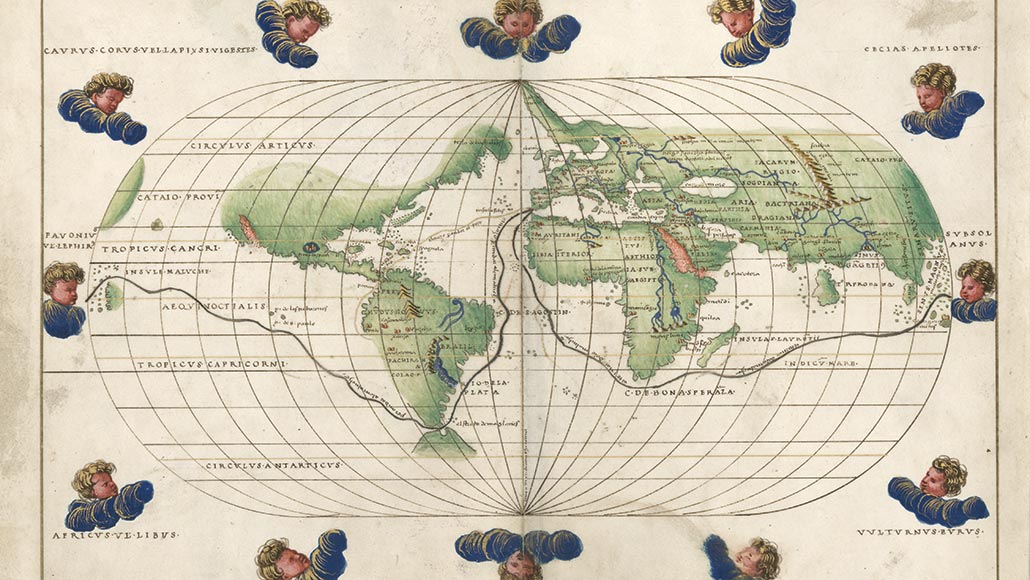How circling the globe has evolved in the 500 years since Magellan’s famous trip
Botanist Jeanne Baret and journalist Nellie Bly are two women who duplicated the feat

This map, created by Genoese cartographer Battista Agnese ca. 1544, shows the approximate route Magellan’s fleet took around the world.
Library of Congress, Geography and Map Division
Half of a millennium ago, Portuguese explorer Ferdinand Magellan and his crew embarked on the first voyage to successfully sail around the world.